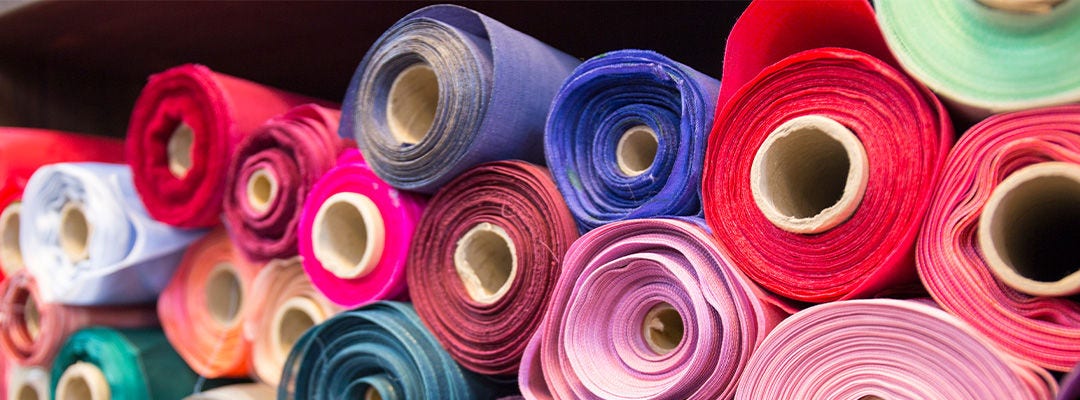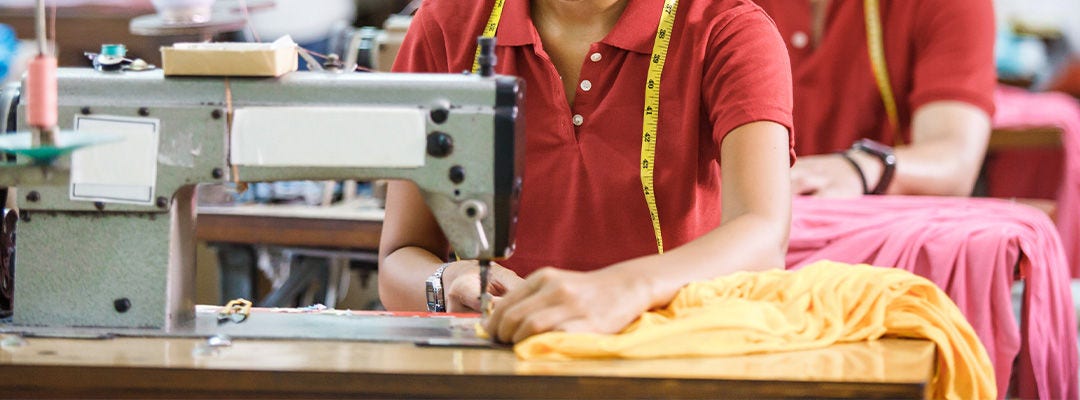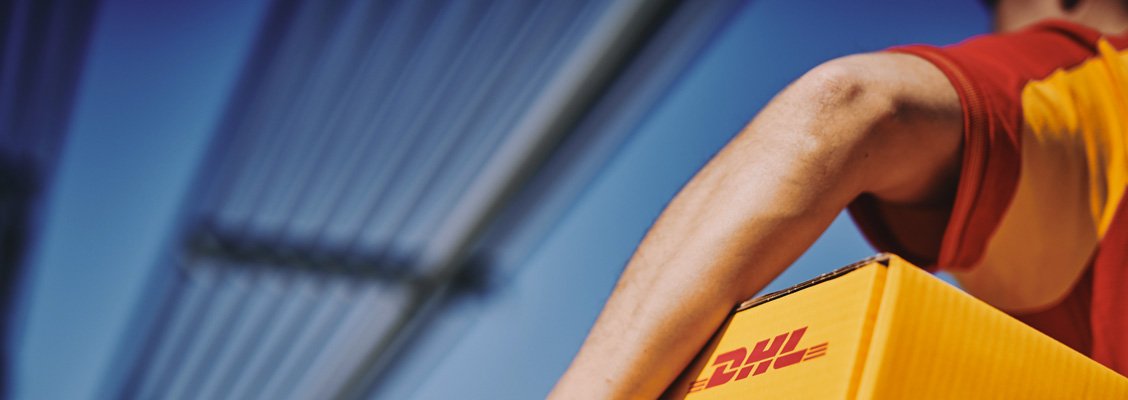
The rapid growth of the fashion industry and its ever-changing trends can put enormous pressure on supply chains. In this guide, we're threading a needle through the complexities of fashion logistics to help your business strut along the catwalk to success.
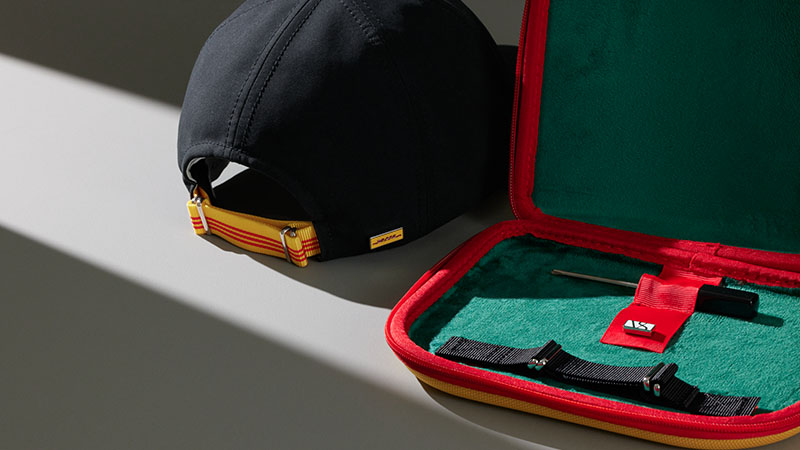
“We’re a slow fashion brand; we take the long view, by investing in our products for the future.”
Varsity Headwear, DHL customer
The growing need for sustainable fashion
First, let’s take a look at fashion trends in the industry as a whole. Fashion is one of the largest e-commerce markets in the world1, and the industry is forecast to hit a valuation of US$1.6 trillion by 2030 (Statista)2. Globally, Zurich estimates that the industry produces a staggering 100 billion items of clothing per year – double that of twenty years ago3.
Amidst this volume, sustainable brands are also gaining popularity, with many exploring more environmentally friendly fashion manufacturing and logistics processes.
One such brand is DHL customer, Varsity Headwear. Based in Norway, the fashion brand wanted to commit to ethical practices, even as it expanded globally.
“We saw a substantial part of our emissions came from logistics and transportation,” says co-founder Sebastian Adams. “We wanted to face this issue, not hide from it, so we jumped on the opportunity to work with DHL to learn from each other and improve. We’re carbon neutral through offsetting, and are now working towards insetting, too.”

''AI is opening up exciting opportunities for our network. It’s certainly not a new technology, but the pace at which it is developing means we are now being presented with opportunities to optimize processes for us – and our customers – that weren’t available even a year ago.”
Oliver Facey, Senior V.P. of Global Network Operations Programs at DHL Express
The growth of fashion rental platforms
With sustainable fashion in the spotlight, rental platforms and second-hand marketplaces are thriving. For example, resale platform Vinted’s astronomical growth over the past few years showcases Millennial and Gen Z shoppers’ preferences for ‘conscious consumption’.
Governmental pressures are also making their mark on fashion trends – McKinsey’s annual deep dive into the sector, The State of Fashion 20254, noted that government actions to reduce emissions and fashion waste are likely to “drive advances in inventory management” in the fashion sector. In turn, such pressures will likely push businesses to adopt more innovative models that incorporate rentals and second-hand items.
Sustainability in luxury fashion
The luxury sector is leaning into the sustainability trend, too. For example, in 2023, Kering, the parent company of Gucci and Yves Saint Laurent, opened its first ‘Circular Hub’ in Tuscany, Italy5.
The hub aims to recycle luxury goods at scale to create products that maximize the use of recycled materials, durability, repairability, and recyclability. Drawing on the Kering Material Innovation Lab (MIL) in Milan, the initiative is backed by technicians, product researchers, and industrial partners.
AI for sustainable fashion
AI is also playing a vital role in enhancing brands’ logistics processes, such as optimizing delivery routes to get orders to customers quicker. These improvements promise better efficiency in the supply chain. Think AI-powered routing systems that adjust delivery paths in real-time to avoid traffic congestion – such technologies speed up deliveries and reduce vehicle idle times, minimizing the shipment’s carbon emissions.
Similarly, AI can be used to anticipate consumer demand and maintain optimal inventory levels. By accurately predicting what customers want and when they want it, brands can avoid overstocking and minimize the waste associated with unsold inventory.
Types of fashion logistics
Inbound logistics
Inbound logistics is all about getting those essential ingredients into your fashion business. Think fabrics, trims, buttons, zippers – all the essentials that go into your creations. It also involves sourcing raw materials from your suppliers and managing their transportation and storage.
Efficient inbound logistics ensures you have the necessary components to create your garments and get each order out the door on time.
Production logistics
Production logistics is about transforming those raw materials into finished fashion products ready to hit the runway (or the online store!). This involves orchestrating your manufacturing workflows, keeping production schedules running smoothly, and ensuring top-notch quality control.
Effective production logistics keeps your manufacturing process humming, maximizing productivity and minimizing delays.
Outbound logistics
Outbound logistics is how you get your finished fashion creations into the hands of your eager customers. It's the behind-the-scenes work of order fulfillment, warehousing, transportation, and delivery, whether shipping directly to fashionistas or sending your collections to retail stores.
These logistics are key to ensuring your deliveries are timely and accurate, keeping your customers happy and your brand reputation shining.
Reverse logistics
Returns are part and parcel of fashion business operations. Reverse logistics is all about managing those returns like a pro, whether it's handling repairs, replacements, or processing refunds and exchanges.
Efficient reverse logistics not only keeps your customers happy but also helps you keep costs down.
Omnichannel logistics
Customers interact with fashion brands through various channels, from browsing online stores and social media platforms to visiting physical retail locations. Omnichannel logistics orchestrates a seamless shopping experience across these different touchpoints.
This means integrating inventory management, order fulfillment, and delivery processes so that your customers have a consistent experience regardless of how or where they choose to engage with your brand.
New challenges in fashion logistics
Ultra-fast fashion strains supply chains
It’s no secret that the fast fashion industry thrives on speed. However, this relentless pursuit of new trends and rapid production cycles comes at the cost of supply chains.
We're not just talking about the physical movement of goods – the extremely high production volumes and demand for quick turnaround times have exacerbated labor exploitation in many parts of the world.
According to Earth Day, garment workers often have to endure unsafe conditions, exhausting hours, minimal pay, and wage theft6, a stark reminder that the fashion industry's logistical challenges encompass ethical and social considerations.
Demand for sustainable supply chains
Consumers are also becoming more eco-conscious. A report by PwC Global found that a whopping 80% of consumers are willing to pay more for sustainably produced or sourced goods7. They're paying more attention to those greener factors, like whether their clothes are made from recycled materials or produced in supply chains with lower carbon footprints.
This increasing demand for sustainability in their consumption practices is pushing the fashion industry to rethink its approach to logistics. For example, fashion brands might explore alternative materials or consider partnering with logistics providers that offer carbon-neutral shipping options to improve their sustainability credentials.
High return rates impact profits
Returns are a constant headache for fashion e-commerce businesses, and they're not going away anytime soon. According to a report by CNA, Chinese e-commerce businesses saw return rates of up to 90% following Singles’ Day sales8.
These returns are often attributed to poor garment quality and fit, as well as no-questions-asked return policies that make it easier for consumers to send items back and receive instant refunds.
But here's the catch: high return rates mean increased costs for fashion brands, impacting those all-important profit margins. On the logistical front, they also result in increased shipping costs, extra processing time, and potential restocking fees, all of which eat into a fashion brand's profits.
Shift toward on-demand and localized production
As the fashion industry witnesses a shift towards on-demand and localized production, brands are exploring manufacturing options closer to consumer markets. These processes often focus on made-to-order or small-batch production.
This trend requires greater flexibility and agility in logistics, with shorter lead times and the ability to manage smaller, more frequent shipments. For example, a fashion brand might partner with a local factory to produce made-to-order garments, requiring efficient logistics to transport raw materials and deliver finished goods quickly to customers.
AI and automation transform workforce
AI and automation are expected to reshape the fashion industry’s workforce, impacting everything from demand forecasting to automating repetitive tasks. While these trends promise exciting advancements in efficiency and personalization, they also bring challenges.
We're likely to see increasing job displacement and a growing need for workers with specialized tech skills. In turn, fashion businesses will need to proactively address these challenges to ensure a smooth transition and stay competitive.
Trade barriers and changing global regulations
Navigating the global fashion landscape is getting trickier, thanks to ever-evolving trade barriers and regulations. These changes can significantly impact logistics for fashion, requiring businesses to stay informed and adapt quickly.
For instance, new sustainability regulations might restrict the types of textiles brands can use, pushing them to seek alternative materials or adjust their sourcing strategies. It's a reminder that staying ahead of the regulatory curve is essential for success in the global fashion arena.
The future of fashion logistics: What business owners need to know

1. GREEN IS THE NEW BLACK
The global second-hand apparel market is set to double by 2027 and is growing three times faster than the apparel market overall (thredUP)9. As consumers become more sustainability-minded, brands with a considered approach to the lifecycle of their clothes will be favored.
How your business can "go green"
- Integrate a reverse logistics strategy: Extend your products’ lifecycle via the ‘4 Rs’ – recycling, repurposing, repairing and reselling. This model can save your business on additional costs, reduce wastage, boost sustainability credentials, and build loyalty amongst customers. Get started with tips from our dedicated article.
- Utilize DHL’s GoGreen Plus solution: This sustainable delivery option has helped e-commerce businesses like Mytheresa reduce the carbon emissions associated with their shipments through the use of Sustainable Aviation Fuel. The biofuel is specifically designed to be used as a substitute for traditional jet fuel and can reduce greenhouse gas emissions by up to 80% compared to fossil fuels.
- Consider Resale as a Service (RaaS): This model connects businesses with external re-commerce solutions to create bespoke resale channels, giving garments a new lease of life – and your business an additional revenue stream. One RaaS provider is online thrift marketplace, thredUP, which helps existing fashion brands integrate resale into their e-commerce.
- Lower your returns rate: Every product return means extra transportation emissions, which increases your business’s carbon footprint. Start by looking closely at the reasons why your customers are returning products. For example, online shoppers typically order several sizes of clothing to try on at home, so investing in virtual try-on technology could help your customers visualize how a garment will look on them before buying.

2. SUSTAINABLE TEXTILES
The textile sector is responsible for 6% of global greenhouse gas emissions, whilst the dyes used in manufacturing cause one-fifth of industrial water pollution (McKinsey)10.
What your business can do
- Prioritize sustainable materials: Opt for organic cotton, recycled fabrics, and pesticide-free fibers for your garments. Take inspiration from apparel brands like Pangaia, whose collections feature plant-based denim, grape leather, and natural dyes from vegetable waste.
- Select like-minded suppliers: Research your supplier’s environmental policy and certifications by relevant industry bodies.
- Enlist an independent audit: Get your textile supply chain audited by a third party such as Bluesign, which provides a rating for textile companies to demonstrate their achievement on sustainable development.
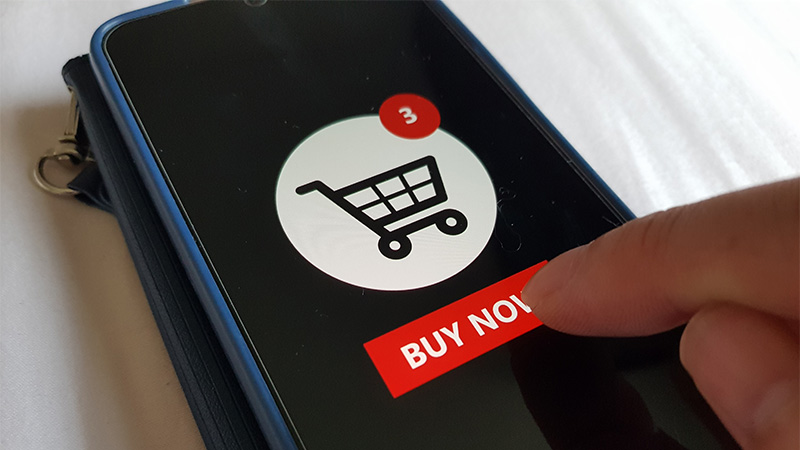
3. SALES CHANNELS
Consumers’ purchasing journeys often involve several channels, so brands will need to invest in an omnichannel strategy to ensure a seamless experience across all touchpoints.
Tips for your omnichannel strategy
- Invest in an app: Consider starting a dedicated mobile app. Customers browsing your products in store will be able to quickly access extra product information or even arrange for in-store purchases to be delivered to their homes.
- Explore experiential technologies: If you don’t have a physical store, you might want to test technologies like livestreaming and augmented reality try-on experiences to give customers a better sense of your products.
- Make your social media content shoppable: Use UX platforms like SimplicityDX11, which enables you to build campaign microsites for your Instagram posts to direct social media audiences to relevant information. These tools leverage machine learning and AI to understand customer intent and divert them to the right information quickly, making them an efficient resource.

4. ARTIFICIAL INTELLIGENCE
Artificial Intelligence is transforming almost every industry, and fashion is no exception to the trend. Here’s a snapshot of its applications in the fashion industry:
- Reducing returns: Virtual try-on tools allow customers to visualize how clothes will look on them with a high level of realism. This technology enables consumers to purchase items more accurately, significantly lowering the need to return clothes that don’t fit or look good. For example, after online retailer, Farfetch, adopted a 3D try-on solution, its return rate decreased by 20%12.
- Empowering luxury: AI has enhanced the customer experience for luxury fashion through personalized engagement. For example, Dior launched an ‘influencer chatbot’ in 2022, which engaged with customers on WhatsApp and delivered exclusive brand videos to them.
- The technology has also proved useful regarding product authenticity, such as in Burberry’s image-recognition software to spot counterfeit goods.
- Enabling agile supply chains: Demand forecasting is a particularly challenging area for fashion brands, but AI can analyze large amounts of customer data to predict future demand. These insights can then be used in logistics, such as inventory management, so that businesses can relay more accurate requirements to suppliers.

5. SHIPPING: HOW DHL EXPRESS CAN HELP
DHL Express has all the logistical tools to help your business ship to e-commerce customers seamlessly, wherever in the world they may be:
- DHL’s Packing Guide for Fashion: This apparel packing guide talks you through the optimal packaging for different garments.
- MyGTS: The free, user-friendly My Global Trade Service platform will help you navigate all aspects of international shipping regulations, such as accessing accurate HS Codes for your shipments, calculating Landed Cost for goods in any country, and understanding import restrictions before shipping.
- DHL Express Commerce: Integrating with a large range of e-commerce platforms like Shopify, this tool manages every step of your fulfillment process, freeing up time for your other business operations.
- Dynamic Discounting: A competitive pricing program that rewards you with increasing discounts as your shipping volume grows. The more you ship, the more you save. Do speak to your Account Manager to get in-depth cost estimates.
Fashion moves fast – you need a logistics partner who can keep up! With a DHL Express Business Account, you’ll have support from the experts as you navigate all aspects of international shipping.
Open an Account1 – Statista, 2023
2 – Statista, 2024
5 – Kering, 2023
6 – Earth Day, 2024
7 – PwC, 2024
8 – CNA, 2024
9 – thredUP Resale Report, 2023
11 – SimplicityDX
12 – Medium, June 2026


